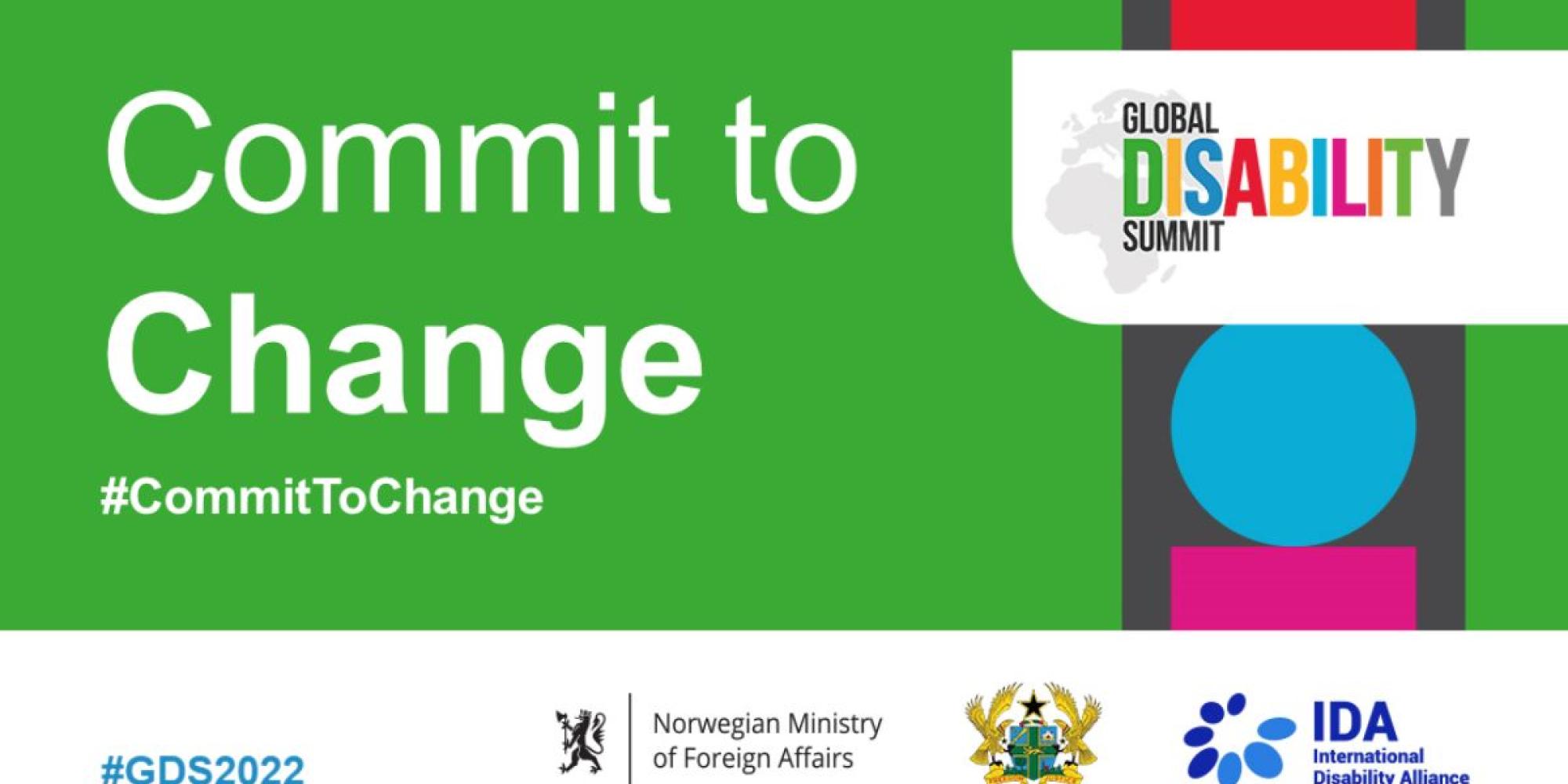
To introduce the Disability Inclusion Helpdesk’s evidence digest on engaging with Organisations of People with Disabilities (OPDs), Rupsa Mallik, Director of Programmes and Innovation at Creating Resources for Empowerment in Action (CREA) and Patience Ogolo-Dickson, Founder and National Coordinator of Advocacy for Women with Disabilities Initiative (AWWDI) discuss the need for women’s movements and disability movements to be inclusive and work together. A video of this conversation is available on LinkedIn with subtitles.
For over two decades CREA has worked at the intersection of disability, gender, sexuality and rights, and prioritised cross-movement alliance-building between feminist and women’s rights organisations and disability rights organisations. AWWDI advances the rights of women and girls with disabilities in Nigeria.
Rupsa: Welcome, Patience. My first question is linked to one of the findings that came out of the study you recently participated in about the effects of the COVID-19 pandemic on OPDs. My question is about how women’s rights movements and organisations could be better allies to the disability rights movement and to disability rights organisations.
Patience: We need to have acceptance – accept women with disabilities into the movement, to recognise that women with disabilities are women too, even if they have impairments. They are sisters within the women’s movement that have impairments. They should be accepted as women, as sisters, not seen as women who are not complete or not normal. Another thing is we need to trust ourselves as sisters, that these women with disabilities have the capacity and intelligence just like other women. They must be included in the agenda of the women’s movement, and women with disabilities should be considered for positions within the movement. The third and the last point is working together is key for further advancement of all women, including women with disabilities, by speaking with the same voice, changing mindsets together, and this means that we may also need to change our language from “them” to “us”, connoting working together.
Rupsa: You’re so right. I think these issues of inclusion and accessibility are key in the way that women’s rights movements need to start imagining the work that they do with disability rights organisations and movements. Of course, if we want to foster this kind of cross-movement collaboration, resources are a key part of that. Currently you see a lot of the funding comes in silos: it goes to the women’s rights organisations, or disability-specific grants. How can funders re-imagine the way that they do their funding so that we can really advance this cross-movement collaboration, particularly in countries in the Global South?
Patience: I agree with you. It’s a serious problem with funding, particularly for organisations of women with disabilities. It would be good if we had specific funding for women with disabilities, either within the women’s movement or within the disability movement. Because, as you all know, funding is shrinking, and organisations are struggling. Organisations of women with disabilities struggle with the women’s organisations who are highly competitive, or disability organisations who are highly competitive, to actually have funding for their projects, for their activities, for progress for women with disabilities. You know that women with disabilities are not a small community, but they are left behind. The WHO World Report on Disability indicates that 19.2% of the global female population are women and girls with disabilities, while 12% of males have disabilities. So, there is a need for women with disabilities and their organisations to have specific funding either within women’s movements or within disability movements, that way we don’t leave them behind in the development space.
Rupsa: Absolutely, Patience. We really must as feminist and women’s rights organisations make space. For example, at CREA we often talk about the fact that it’s not just a question of inclusion; it’s also a question of ‘how is it that we create space that we’ve held for so long’? ‘How is it that we create space for women with disabilities to come into leadership positions and decision-making positions, not just within the disability movement but within the women’s rights movement?’ Because, as you know, there is serious under-representation of women with disabilities within the women’s rights movement.
One of the issues that the [Helpdesk OPD and COVID] study looked at was the exponential increase in gender-based violence (GBV) during the COVID-19 pandemic, to the extent that we’re describing it as the “dual” or “shadow” pandemic. For gender-based violence service providers and women’s rights organisations who have a long history of working on GBV, how could they respond in the context where women and girls with disabilities are disproportionately facing this violence?
Patience: It’s a big issue for women with disabilities within the population, because we already face lots of barriers as women with disabilities – so it’s not easy at all now to face the pandemic of COVID-19. I think working together is the key – for all women’s movements to be aware of gender-based violence against women with disabilities and be among those who can push forward the affairs of women with disabilities around COVID-19 and gender-based violence. That way, we are working together using the human rights approach to achieve the SDGs Agenda 2030 for all.
Rupsa: Thank you so much Patience for your contribution to the situation report itself. I encourage everybody to please read the situation report, it has very important findings that have relevance for all of us.
To find out more read the Disability Inclusion Helpdesk’s evidence digest on engaging with Organisations of People with Disabilities (OPDs), which is also available in Easy Read. The findings of the situation report are summarised in the evidence digest below. You can also read the report in English here, in Bangla here, and in Easy Read here and here.